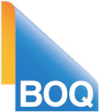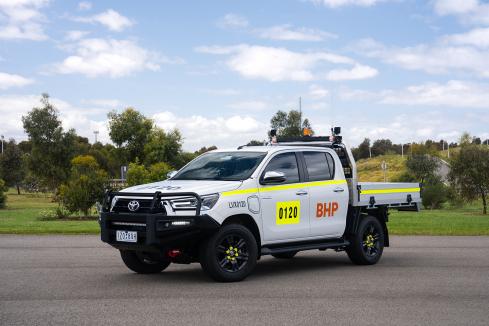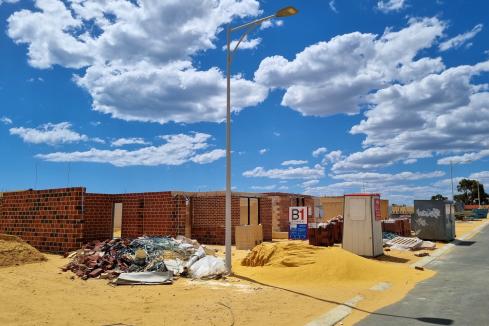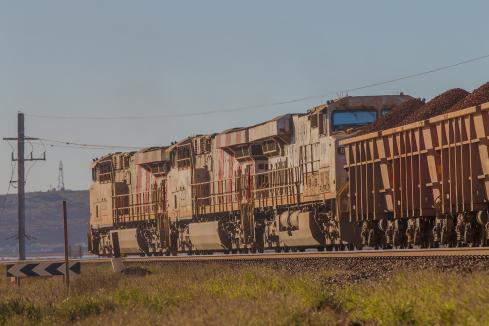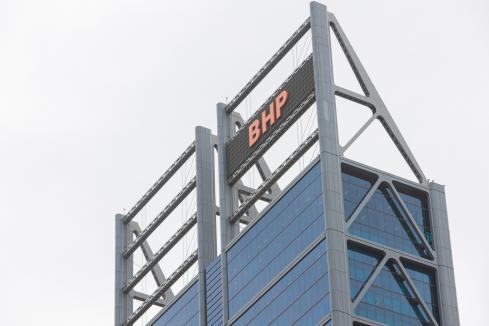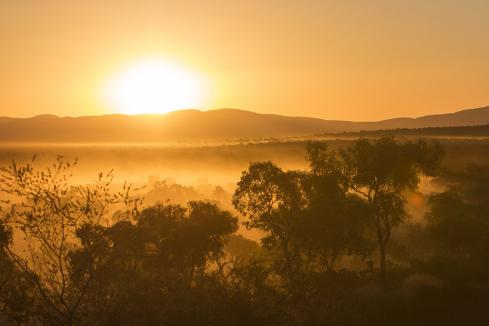The rising Australian dollar took the gloss off another strong performance by WA exporters in the 2009-10 financial year.


ANYONE looking for evidence that a two-speed economy is beginning to emerge in Australia as the resources boom gathers pace – with Western Australia in the driver’s seat – need only look as far the Australian Bureau of Statistics.
According to the bureau’s latest statistics release, the total value of Australian exports in the 2009-10 financial year slumped by $30 billion to a shade under $200.7 billion.
After hitting a record $86.8 billion in 2008-09 during the worst of the downturn, exports from WA actually shrank by $3.5 billion to $83.3 billion last financial year.
That might come as a surprise to most Western Australians, given the almost daily reminders that the state’s economy is rocketing along on the back of its mining and energy sector.
Most would probably believe that, by the middle of last year, Australia had largely thrown off the effects of the global financial crisis as the resurgent Chinese economy returned to full speed, sucking in Australian raw materials at a ferocious rate.
Yet the bureau’s figures illustrate not only how reliant on WA the nation has become, but also the implications of that reliance for the rest of the country. For a start, the value of the Australian dollar has soared to near parity with the US dollar, as the currency is effectively revalued as a proxy for the mineral commodities exported from our shores.
Rising dollar
With the exception of Australian tourists travelling abroad, the rapid appreciation of the dollar has made life tougher across the board, and especially hard for the crumbling economies of south-eastern Australia.
Last financial year, the Australian dollar averaged US88 cents compared to US75 cents the year before. It has since continued to rise to almost US97 cents, and according to new research by Commonwealth Bank, is now likely to rise above parity with the US dollar in early 2011 and peak at $US1.02 by the end of March.
The effect of such rapid appreciation is obvious – Australian exports become more expensive to foreign buyers, imported goods become cheaper to domestic consumers, and the Reserve Bank comes under increasing pressure to further raise interest rates.
It also means that exporters, particularly those in the resources sector who trade in US dollars, have been stung on the conversion of their export earnings back into Australian currency.
That, in turn, helped rein-in national export earnings for the year.
The combined effects of those trends are bad enough if you live in WA, but they are especially damaging for other states with limited direct exposure to the benefits of the boom.
While WA’s export earnings slumped by 4 per cent in 2009-10, New South Wales’ export earnings fell by $7.5 billion, or almost 20 per cent, to $31.2 billion. Victorian exports slumped by 10 per cent to $18.4 billion, South Australia fell 15 per cent to $8.1 billion and Tasmanian exports slid 15 per cent to $3 billion.
Perhaps surprisingly, Australia’s other major resource economies – Queensland and the Northern Territory – were the worst affected, further highlighting just how far ahead WA sits.
Queensland’s exports crashed by $13 billion, or 23 per cent, to $43.2 billion, while the NT’s exports dived by 21 per cent to $4.9 billion, in large part because they do not have the benefit of WA’s vast iron ore reserves, which have underpinned the state’s performance in recent years.
As a result, WA accounted for more than 41 per cent of the nation’s entire export earnings for the year, up from 38 per cent in 2008-09.
Resources dominate
Not surprisingly, then, resources companies dominate the list of WA’s top export earners for 2009-10, largely on the back of record iron ore and liquefied natural gas production.
However, all were hit hard by the stronger Australian dollar and generally lower prices for most commodities over the year.
Mining giant BHP Billiton took the crown as the state’s biggest export earner, with its consolidated WA iron ore, petroleum, nickel and alumina exports totalling $17.8 billion.
Its massive iron ore business was the biggest contributor with full-year exports of $11.23 billion, down from $11.9 billion the previous year, as weaker prices and the stronger dollar outweighed record production in the Pilbara.
BHP also benefited from its one-sixth stake in the North West Shelf oil and gas project, and its nearby Stybarrow, Pyrenees and Griffin oil projects, which together contributed $2.9 billion in exports, while its 86 per cent stake in Worsley Alumina contributed a further $893 million.
BHP’s Nickel West business also staged a big turnaround on the back of sharply higher nickel prices to almost double its export sales to $2.6 billion despite closing the Ravensthorpe mine early last year. Nickel West alone ranked as WA’s eighth largest exporter.
BHP’s broader spread of businesses enabled it to just shade rival Rio Tinto, which ranked second with total WA exports of $17.4 billion, $3.2 billion more than in the previous year.
While Rio’s Argyle mine contributed $214 million in exports, it was a massive increase in WA iron ore output that drove the result. Consequently, Rio Tinto Iron Ore was the state’s biggest exporter on a standalone business basis at $17.16 billion, while BHP Billiton Iron Ore was fourth.
State-government owned gold refiner Gold Corporation was the state’s second biggest standalone exporter with exports of $13.65 billion, reflecting its role as the sole refiner and ‘re-exporter’ of gold in the nation.
But that is well below the previous year’s $16.5 billion total, reflecting a big decline in re-exports of processed gold on softer global demand for gold coins, bars, and bullion due to high prices.
The Woodside-operated North West Shelf Venture was the state’s fourth ranked exporter, with total export sales estimated at $12.9 billion, down almost $1.6 billion, as sharply lower oil and gas prices and declining oil output outweighed record LNG production.
Exports by shelf operator Woodside, WA’s fifth largest exporter, subsequently fell by 20 per cent to $4.1 billion.
The ramp-up of Andrew Forrest-led Fortescue Metals Group’s Pilbara iron ore operations helped it rise to number six, with total export sales of $3.22 billion.
But the continuing weakness of world alumina markets, and the stronger dollar, led to a slump in exports by the Alcoa-controlled Alcoa World Alumina and Chemicals joint venture of more than $650 million to $2.63 billion.
The twin impact of drought and the higher Australian dollar combined to cruel exports of big WA grain exporter, CBH Grain (formerly Grain Pool) slashing its exports by $1 billion to $2.2 billion on plummeting wheat production.






